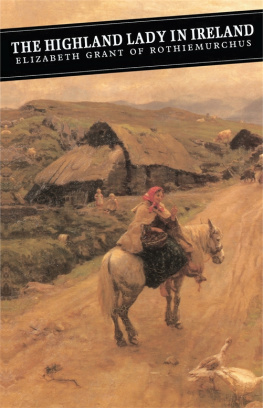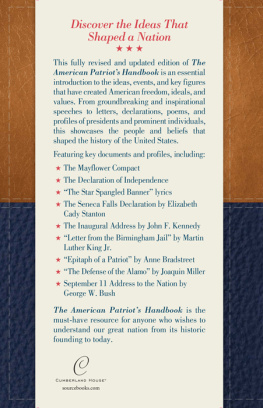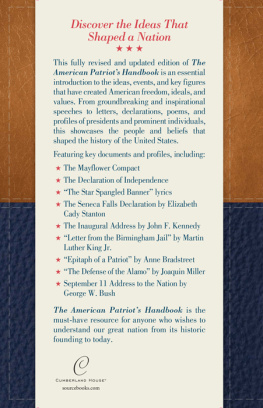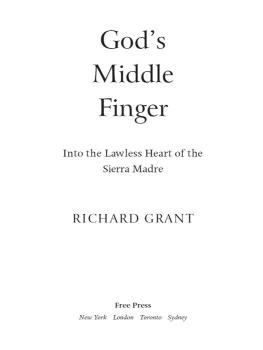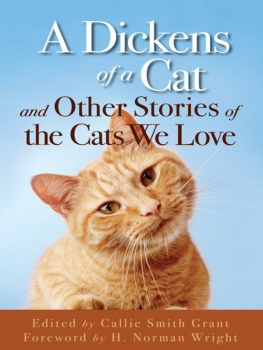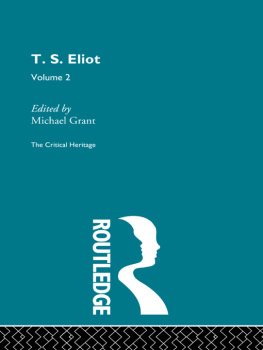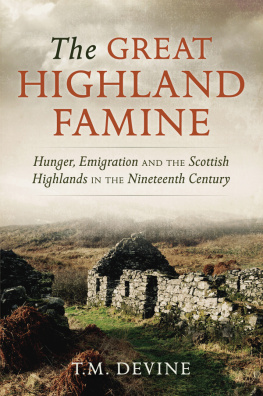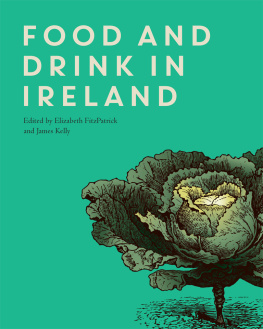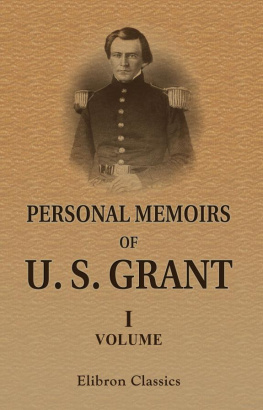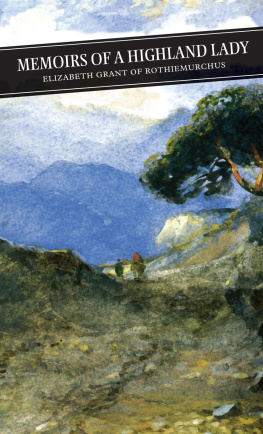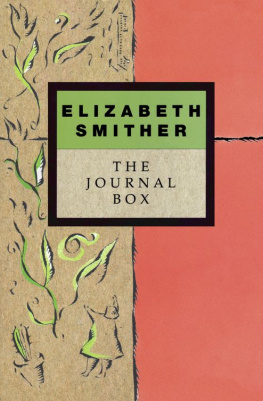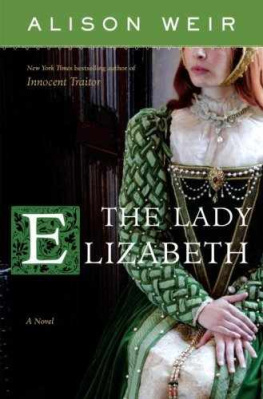The Highland lady, Elizabeth Grant, was born in Edinburgh on 7 May 1797 in her fathers newly-built town mansion at 5 Charlotte Square. She was the eldest of the five children of the 7th Laird of Rothiemurchus, later Sir John Peter Grant, a landed lawyer and Whig Member of Parliament whose political ambitions and financial chicanery were to bring his family close to ruin. The offer of a judgeship in India in 1829 provided a chance to recover his fortunes however, and once his more pressing creditors had been evaded, the family set out for Bombay.
This is the story that was so engagingly told in Memoirsof a Highland Lady, the classic which earned Elizabeth Grant the title by which she is so well-known as one of the most fascinating and important Scottish nineteenth-century diarists. She wrote of her childhood in Rothiemurchus with spells in Oxford and London, and of Edinburgh when its reputation was at its height as a city of the Enlightenment. Her early womanhood coincided with the decline in the Grant family situation, so a comfortable existence in the capital had to be exchanged for a penurious life back at the Doune, the family house in the north near Aviemore. Here it was that three talented sisters, Elizabeth, Jane and Mary Grant, wrote the stories and articles that provided their principal source of income until they were rescued by their fathers prospects in India. The Memoirs ended with Elizabeths two years in India and her marriage to Colonel Henry Smith of Baltiboys, an Officer in the 5th Bombay Cavalry.
Ten days before the wedding in June 1829, news arrived that Henrys elder brother John, a spendthrift bachelor formerly an officer in the 4th Dragoon Guards, had died in Paris, as a result of which Henry inherited the 1,200 acre estate of Baltiboys some twenty miles south of Dublin in Co. Wicklow, Ill-health (Colonel Smith suffered from frequent bouts of asthma), demanded an early retirement, and so with Janey, their first-born, the Smiths arrived in Ireland in the summer of 1830 for a new chapter in the life of the Highland lady.
The Memoirs were specifically written for Elizabeths children (Annie was born in 1832 and Jack in 1838) over an eight year period, 1846 to 1854. But Mrs Smith had begun a Journal much earlier, on New Years Day 1840, and with various gaps in later years she kept it going until 1885, the year she died. Her entries to this Journal are particularly complete and informative during the 1840s and these are the years that have been edited to produce the present volume.
It is not the first time a selection has been published. The distinguished writer David Thomson co-operated with the Highland ladys great-grand-daughter Moyra McGusty to produce The Irish Journals of Elizabeth Smith, 18401850 (O.U.P., 1980), but although her true voice emerged from the dramatic later years of the decade, there was a certain misbalance in the book because only thirty per cent of the text had been taken from the first six years. There seemed, therefore, to be a place for a more representative selection from the Irish Journals to set alongside the Canongate Classics edition of the Highland ladys Memoirs. The present edition deliberately omits a two year period from 1843 to 1845 when the whole family moved to France, first to Pau and then to Avranches: this seemed to be a self-contained period that might well stand on its own as a separate publication rather than confusing the essential two parts of the Journals one of which portrays the familys life on a fast-improving estate in a well-described neighbourhood, while the other shows their response to the terrible challenges of the Famine years.
These are, however, only two of many themes that emerge from this fascinating kaleidoscope of a diary. The Highland lady gave several reasons why she kept it so assiduously: it was a safety valve for my own great griefs, a chronicle of my times and it educated myself in the way of my duties. But above all (as she wrote on 25 February 1845) this indulgence had the didactic purpose of recalling the memory of their mother to my dear children when they will be old enough to understand the moral of my comments upon life. Later (in July 1856) she did allow herself the observation that
well weeded, corrected and names with-held, it might bring [Jack] a good penny should the present love of family disclosures remain with the idle publick.
She was nothing if not a practical woman.
There is one problem, however, about treating the Memoirs and the Journal as a continuous series of autobiographical writings. Elizabeth Smith was well aware that one ended in 1830 and the other started in 1840. This gap is covered in a long and interesting letter to Annie in 1878, helped by a travelling diary kept by her sister Jane Pennington in 1831.
In the first place Baltiboys House, which had been badly damaged in the 1798 rebellion, had to be rebuilt. Janes diary calls it
A mere ruin now in a very curious state of abandonment. The house, I believe, was dismantled for the sake of selling the materials when the old proprietor determined to live abroad; but a great proportion of the walls are left standing and cover a very considerable area; and with offices and all, there are more than twice the quantity of stones that it would take to build a convenient mansion.
It was not until 1837 that the family could move into this mansion and when the Journal opens work is still being done. Another great-grand-daughter, who was born at Baltiboys, Ninette de Valois, described it in her autobiography as a long two-storied building with a spacious net-work of basement rooms. It was a typically Irish country house of about 182030, late Georgian in part, consisting of one main wing and two smaller ones. Today, carefully restored, it impresses as an elegant Regency house, tastefully situated by the Blessington Lake created by the confluence of the Liffey and Kings rivers.
Annies 1878 letter described how her mothers sister and brother-in-law, Colonel Pennington, came on their travels to see what kind of a place Baltiboys, this neglected property, was like; understandably, it did not make any kind of a favourable impression
how could it ruins nettles broken gate road overgrown with weeds. And when I first saw it, there stood to welcome me a crowd of, as I thought beggars dirty queer-looking men doffing their remnants of hats with much civility. Thims the tenants said the only man amongst them with a whole coat. See them now see the place now see the farms now! It has taken near fifty years to effect the transformation fifty years of untiring energy and patience under many disappointments but the reform is accomplished and is worth all it cost.
The Highland lady saw the 1830s as laying the foundations of all that was to be achieved in the years ahead, as she and the Colonel, with the help of the Agent John Robinson and the Steward Tom Darker, moved towards a more efficient system of managing the estate, based on consolidating farms and direct letting to tenants who lived and worked on their holdings.
Your fathers work and mine lay at home. We had work enough. We determined to get rid of all the little tenants and to encrease the larger farms and we did it but not at once just watched for opportunities and managed this delicate business without annoying any one or even causing a murmur. The departing were always furnished with the means of setting up in suitable employments, and were fully paid for any value left. We first repaired the thatch of all cabins then put in windows then built chimney stacks not all at once either little by little as people deserved help. Then your father built his house. The employment thus given completely set his tenants up the pride they took in the place they had helped to make inspired them with a desire to improve their own dwellings, which was gratified by degrees as we could afford it. A better system of fanning followed. The first field of turnips ever sown in these parts was what is now our front lawn. Then came the draining. The schools were set agoing. I remember that there was a great deal of trouble in the setting up the School a sign of progress much wanted none of the men and few of the women could read none of the women could sew method equally unknown in the home. Poor creatures they had been neglected for more than a generation.

